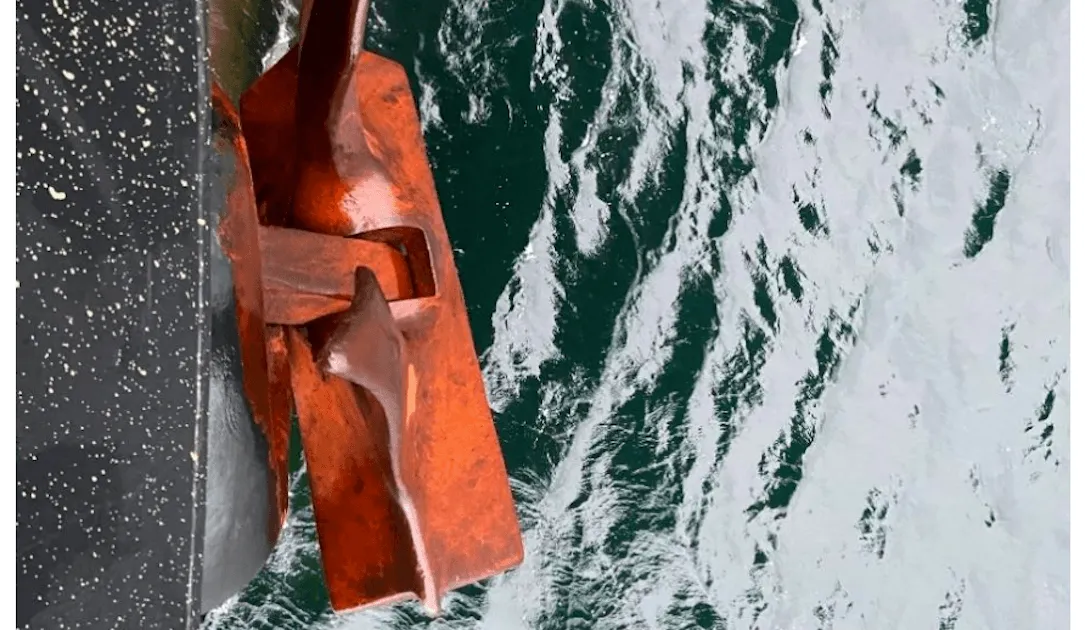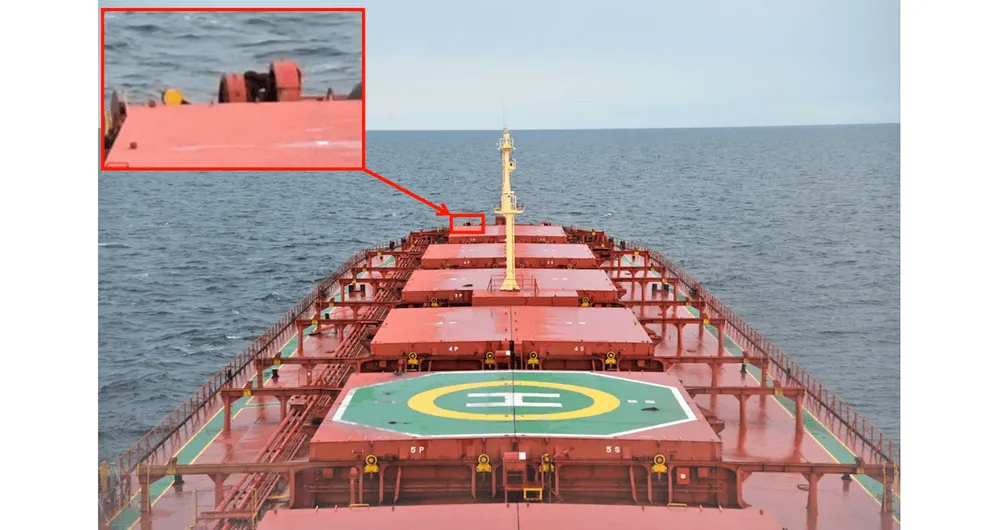Sweden concludes that it cannot rule out sabotage over subsea cable break
A report published by the Swedish Accident Investigation Authority (SHK) on Tuesday said the agency was unable to determine whether a cable break in the Baltic Sea last year was accidental or sabotage.
It follows the Yi Peng 3, a Chinese bulk carrier, damaging the C-Lion 1 cable on November 18 last year. Chinese authorities allowed investigators from neighboring countries, including Sweden, to board the ship, but obstructed normal investigative procedures. The vessel continued on its voyage in December.
SHK’s report complained that the on-board visit was conducted under time pressure and that investigators had not been able to access evidence including surveillance images or the Voyage Data Recorder (effectively the ship’s “black box”). The few interviews that were conducted with the crew took place with Chinese officials present, the authority said
The SHK proposed two alternative scenarios about what had actually happened, but said the limitations on its investigation — particularly those imposed by the Chinese authorities — meant it could not rule out either hypothesis.
In one of these hypothetical scenarios “the ship deliberately released the anchor to cause damage to seabed infrastructure” although the report said that such an action would present “deliberate risk to the ship entailed in releasing the anchor while underway” — including injury to the crew operating the anchor windlass, the device used to hoist the anchor chain.
“The other alternative is that the anchor came loose because it was poorly secured or not at all. The lack of damage to the chain box and on the anchor windlass speaks to some extent against this scenario, as well as the fact that the ship had been dragging the anchor along the bottom of the sea for 1.5 days without being discovered,” stated the report.

The partially bent anchor of the Yi Peng 3, in an image from the Swedish Accident Investigation Authority.
Under international maritime law, investigations of accidents in international waters are generally conducted by the flag state of the vessel — although this is not necessarily the case in circumstances where criminal activity is suspected.
Shortly after the Yi Peng 3 continued on its voyage, authorities in Finland seized another ship, the Eagle S, which had dragged its anchor for almost 62 miles along the seafloor on Christmas Day, also severing a number of cables. While that ship was released last month, three of its crew members remain in Finland under investigation and detained under travel bans as a criminal investigation into their culpability continues.
Another cable-breaking incident in January saw Swedish authorities seize a cargo ship called the Vezhen that had been suspected of sabotaging a communications link running between the Latvian city of Ventspils and the Swedish island of Gotland.
That ship was released just a week after the incident, with prosecutors stating: “The investigation now clearly shows that it is not a case of sabotage. It has been established that a combination of weather conditions and deficiencies in equipment and seamanship contributed to the cable break.”
These incidents are part of a series of recent submarine cable breaks in the Baltic Sea that has alarmed onlookers who fear the incidents are part of a Russian sabotage campaign. Despite these concerns, officials previously told Recorded Future News there is increasing confidence among European governments that the incidents were accidental and not directed by the Kremlin.
Alexander Martin
is the UK Editor for Recorded Future News. He was previously a technology reporter for Sky News and is also a fellow at the European Cyber Conflict Research Initiative.



